The Mysterious Death of Meriwether Lewis along the Natchez Trace
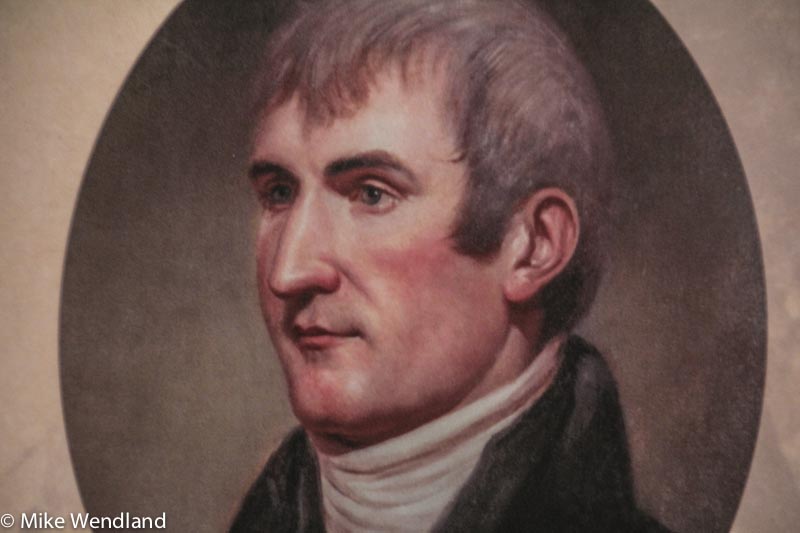 One of the great joys of traveling North America in an RV is the way it connects you to history and the people and places that have shaped us. So it was for us when we came to a historic site along the famed Natchez Trace where American explorer, soldier, and public administrator Meriwether Lewis – best known for his role as the leader of the Lewis and Clark Expedition with William Clark – met his death on October 11, 1809 under highly suspicious circumstances.
One of the great joys of traveling North America in an RV is the way it connects you to history and the people and places that have shaped us. So it was for us when we came to a historic site along the famed Natchez Trace where American explorer, soldier, and public administrator Meriwether Lewis – best known for his role as the leader of the Lewis and Clark Expedition with William Clark – met his death on October 11, 1809 under highly suspicious circumstances.
He was 35 years old at the time, and his death by two gunshots remains one of the greatest unsolved mysteries of all time. Was it suicide or murder?
The Natchez Trace Parkway is administered by the National Park Service and it has a Meriwether Lewis Memorial on the site where the famed explorer died.
The Trace itself, meanwhile, is a meandering two-lane 444-mile drive through exceptional scenery and 10,000 years of North American history. It’s worth an RV trip all by itself. Give yourself a week to fully explore. Stretching from Natchez, MS to just south of Nashville Tenn., it was an interstate before there were interstates, used by American Indians, settlers, bandits, fur traders and armies. The Old Trace played an important role in American history.
Today, visitors can enjoy not only a scenic drive but also hiking, biking, horseback riding, and lots of camping spots all along the Trace.
There are lots of scenic pullouts but the one that captivated us the most was the Meriwether Lewis site. You’ll find it just off the Trace Parkway, south of Nashville, southwest of Columbia and east of Hohenwald, Tenn.
The memorial site occupies a 900-acre tract that contains Lewis’ grave, a monument that the State of Tennessee erected in 1848, a “reasonable facsimile” of the Grinder’s Stand tavern/inn that the CCC built in the 1930s, and other visitor use facilities, including restrooms, a picnic area, hiking trails, and a beautifully wooded no-fee campground with 31 no-hookup sites.
I’d suggest overnighting there. You can still hike parts of the old Trace and easily imagine what it was like back when Lewis met his fate there.
That facsimile of the tavern now contains a great interpretive center that lets you review the highlights of the famed explorer’s life, look at photos and review eyewitness statements and official reports that document the bizarre circumstances of his death.
If you start your research on the site itself, you’ll have first hand information to the basic facts:
After the Lewis and Clark expedition concluded, then President Thomas Jefferson – a close friend of Lewis – rewarded Lewis with the governorship of the Upper Louisiana Territory. As the presidency changed, so did politics. Several of the bills that Lewis submitted to the Department of War for payment were questioned, leaving Lewis personally liable for those bills.
So, on the last trip of his young life, Lewis set out from St. Louis (the capital of the Upper Louisiana Territory) toward Washington to defend them.
Part of Lewis’ route took him along a portion of the Natchez Trace. During the early morning of Oct. 11, while staying in Grinder’s Stand, Lewis died of gunshot wounds. The evidence that exists leads most historians to conclude that Lewis’ wounds were self-inflicted, and many who knew Lewis believed he had committed suicide. Some accounts dated 1848 and later suggest that Lewis may have been murdered.
As an old investigative reporter, I read all the statements on display at the museum from those who were with him. There were major holes and inconsistencies. It seemed as if Lewis was behaving irrationally at the Inn. But the account of the shooting left me scratching my head.
For one thing, he was shot twice. Lewis was an expert marksman. He was shot once in the head, once in the chest. And he apparently had some unexplained knife wounds.
Obviously, I am not alone in being skeptical of the suicide ruling. Lewis and Clark historians and devotees have debated for decades about what caused it. Was it suicide? Was it murder? Was it assassination? Various theories have been bandied about, but there continues to be no consensus.
The descendants of Lewis have asked the Park service to exhume his remains. In 2009, they sent up a website called “Solve the Mystery” to garner support. It has not been updated since late that year.
The reason the case is so puzzling is because it has officially been ruled a suicide and, later, a murder.
The suicide verdict came very fast after talking with those at the Inn the night he was shot.
Some 39 years later, though, his body was exhumed and a local coroners jury determined it appeared to be a murder.
Here are some of the reasons many think it was murder, as reported in website called Criminal Element:
“The death of Meriwether Lewis has been controversial since the great explorer drew his last breath. Robert Grinder, owner of the Grinder’s Stand, the inn where Lewis died, was allegedly accused of murder, but the charges were said to have been dropped for lack of evidence. There are no records of those events. His wife, Priscilla Grinder, gave three very different accounts of what transpired. Major James Neely, a Chickasaw Indian agent traveling with Lewis, wrote the account that led to the suicide conclusion, but Neely was actually sixty miles away (two days ride by horse) at the time of Lewis’s death. A deposition, allegedly written by Major Gilbert C. Russell and produced for General James Wilkinson’s 1811 court martial, claims that Lewis attempted suicide twice on his way to Fort Pickering (Memphis) on that final journey. But the FBI has proved that deposition a forgery; a fraud designed, it seems, to bolster the suicide theory. And none of that takes into account the second bullet hole, the one in Lewis’s chest.”
Perhaps the best and most objective pieces I have read on this came from the Smithsonian Magazine and features an interview with a descendant of the explorer.
“This controversy has existed since his death,” says Tom McSwain, Lewis’s great-great-great-great nephew who helped start a Web site, “Solve the Mystery,” that lays out family members’ point of view. “When there’s so much uncertainty and doubt, we must have more evidence. History is about finding the truth,” he adds.
Apparently, there will be no exhumation.
Since Lewis is buried in a national park, the National Park Service must approve. They refused the request in 1998, citing possible disturbance to the bodies of more than 100 pioneers buried nearby. In 2008 the Department of the Interior approved the exhumation, but that decision was rescinded in 2010 upon policy review, and the Department stated that its last decision is final.
See why this is such a fascinating place to visit?
Just another one of the fascinating places we have discovered as we’ve traveled the country in our motorhome.



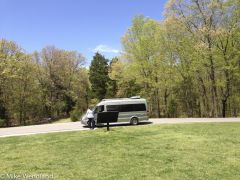
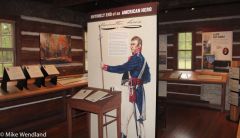

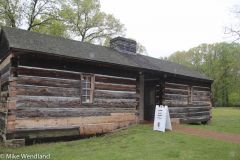
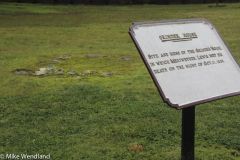
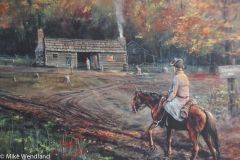
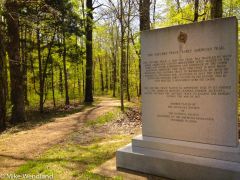
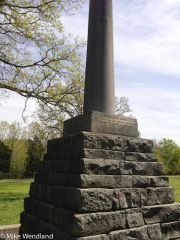

0 Comments
Recommended Comments
There are no comments to display.
Please sign in to comment
You will be able to leave a comment after signing in
Sign In Now